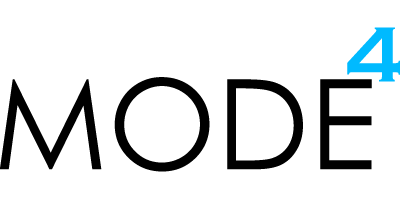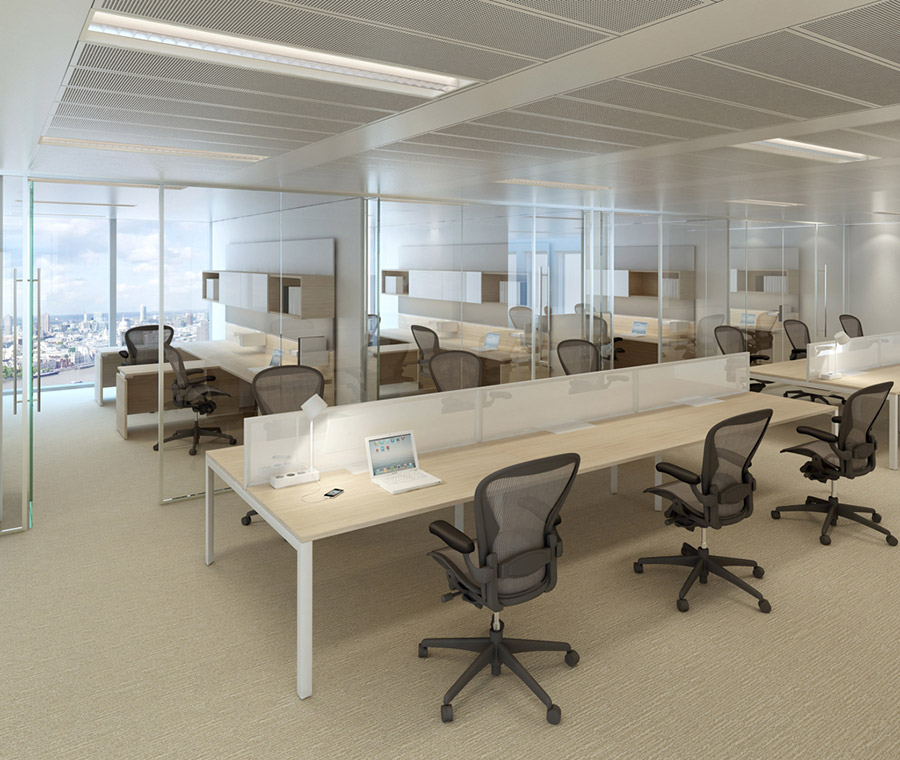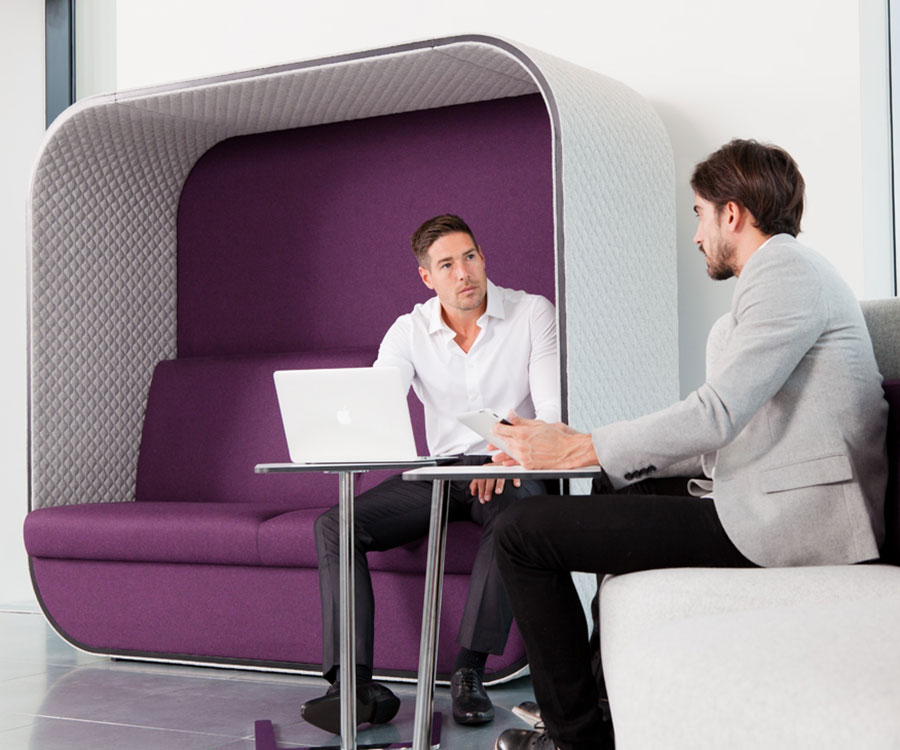Technology and The Changing Face Of The Office Workspace
For anyone who has worked in an office environment over the past twenty years, the evidence of technology transforming the workplace is obvious. Emails have replaced memos and faxes, and cumbersome PCs have been replaced by laptops and mobile devices.
These advances in technology have fundamentally changed the way businesses and their employees function. No longer tied to a desk, many people work on the move or from home, using the office as a central hub when required, relying on mobile devices to communicate.
This not only means that companies need less space, but also that the more creative businesses have transformed the type of office furniture they are utilising for their workforce.
Workstations
Rows and rows of desks have been replaced by smaller workstations or workstation hubs where groups of people can work more collaboratively.
Furniture accessories, such as LCD monitor mounts, mean less desk space is actually taken up with technology, especially when compared to the large tube monitors and box PCs of the eighties and nineties. This allows workers to be much more agile, requiring less space to actually work efficiently.
Tie this in with the advances in server / cloud-based technology and software design and more often than not, hot-desking becomes a much more realistic alternative for many organisations.
Collaborative Working
This agile approach has also encouraged a huge rise in the design of break-out meeting areas in office space planning. These can be formal or informal and offer more creative and collaborative work spaces for teams to develop ideas.
Breakout areas can be built around specific design-concepts and be arranged for different environments. Each can offer the technology requirements to ensure that people have what they need in terms of connectivity, and can also be implemented in a range of locales; with meeting rooms, breakout areas, meeting pods or even kitchens that offer collaborative work space.
Enhanced Staff Wellbeing
Much is written about the potential health effects of sitting at a desk for eight hours a day. Giving staff the ability to use office space more proactively will offer them many benefits in terms of a more active and proactive day. Once again, mobile technology enables this without compromising productivity.
Space Management
A quality, service-driven office furniture company will offer space management design and planning to help you transform your workplace into a space that encourages efficient and collaborative working. This not only helps maximise space and business efficiency, but also helps a more mobile workforce use the technology available that is helping shape businesses in 2015.





